8 Helpful Tips for Observing Wildlife
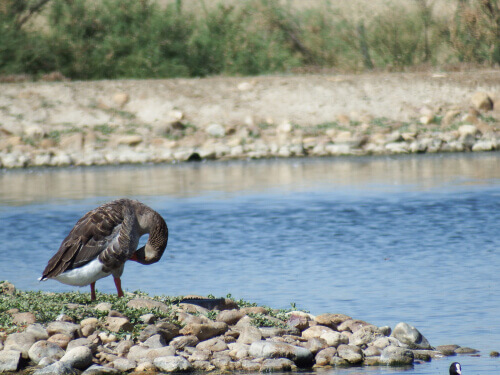
Going out into nature and observing wildlife is an activity that’s becoming increasingly popular. Far from reducing their time in the woods to excursions and food, many want to know the secrets of the inhabitants of these places.
However, observing wildlife can be tricky if you’re new to the subject. So, it’s worth reviewing a series of tips in order to be able to carry out wildlife viewing with guaranteed success.
Start with birds
Many dream of seeing a large predator like the wolf in the wild. However, these species are very shy and difficult to spot, especially for the novice. Birds, however, are much more willing to allow you to spot them in the wild.
Although there are very shy species of birds, it’ll be easy to see some of the specimens that live in your yard. For example, the robin, which is very trusting in our walks in the countryside. In addition, you can always learn to identify them by their silhouette in flight, which will allow you to recognize large birds easily.
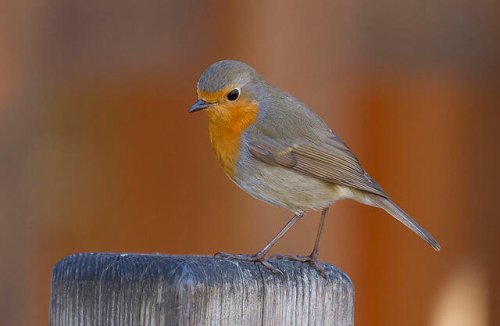
Trust wildlife guides
One of the mistakes that many people make is to believe that they’ll see a certain animal just by spending time in the region they inhabit. For example, many think they’ll see an Iberian lynx just by spending an afternoon in Doñana National Park (Spain).
Given the increasing popularity of this activity, there are more and more biologists and other professionals that dedicate themselves to guiding tourists in these places in search of the most elusive animals.
These guides are knowledgeable about the habits of the nature parks’ animals, and are able to follow their tracks. They’re also in constant communication with ranchers and other wildlife watchers. So, you’re much more likely to be successful in observing wildlife if you follow their lead.
These types of activities are a type of responsible tourism and are great in promoting the conservation of nature. What’s more, they teach us to value animals without needing to hunt them.
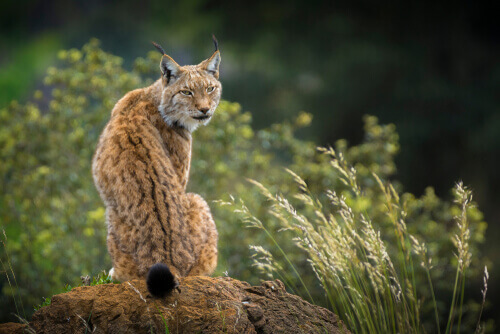
Learn how to walk in the countryside
Observing wildlife is impossible if you go into the forest like a bull in a china shop. It’s important not to make any noise and to walk slowly, trying to cushion your steps in the undergrowth. Also, be very careful not to break branches or kick rocks.
You must be attentive to any movement among the trees or in the brush. The more you practice, the better you’ll know which places are best for seeing the different wild animals that surround us.
You must choose comfortable clothing and colors that aren’t very flashy. Wearing green or brown clothes will make birds of prey and other animals slow to notice your presence. However, wearing a rainbow-striped hoodie will allow animals to spot you and stay miles away.
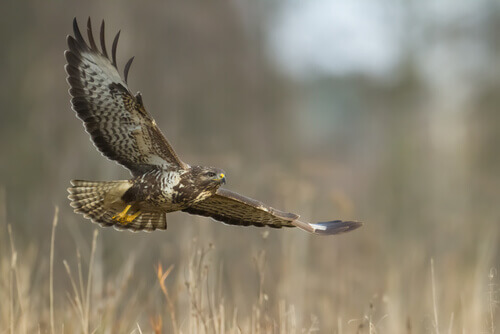
Always carry binoculars
Normally, nature guides have equipment like high quality telescopes and binoculars. These are ideal for those who don’t commonly perform this activity. However, if you go out alone regularly, then you’re better off acquiring good binoculars in order to see animals clearly.
Another option is the use of digital cameras. Although they’re not designed for this purpose, cameras currently have a very powerful zoom. Therefore, they’re capable of taking snapshots that you can later examine carefully.
Learn how to identify animals
One of the most fun things about observing wildlife is identifying the animals around us. There are very handy field guides that you can carry in your pocket, which come with pictures to help us identify different animals.
If it’s too expensive for you to buy a bird guide, you can also use the various applications or websites that have wildlife identifiers. These are usually quite simple to use.
Knowing when the time is right
It’s important to know that not all species are seen at the same times of the day or year. In general, sunset and sunrise are the best hours to observe wildlife, because the forest is silent and because, during the day, hikers drive animals to go into the thicket.
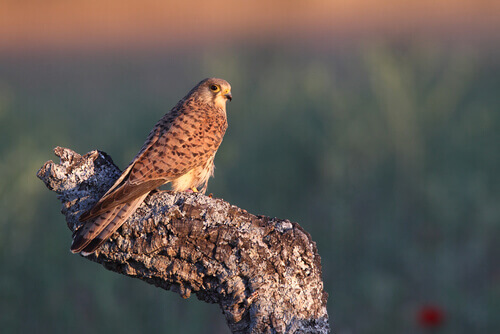
The season is also important. For example, it’ll be almost impossible to see bears in the winter because they’ll spend the day hibernating. Likewise, autumn is the right time to look for deer in order to see the famous rutting, while it’ll be a very bad time to see the kestrel, which is a migratory bird.
Pay attention to the signs
In national parks and bird observatories, it’s quite common to find information panels. These tell you which species are more common at certain times of the year, or in which areas we can find them.
Those who are lazy or consider themselves experts may not take the time to read this informative material. However, the truth is that the people who have created these panels are the ones who know the area best. So, it’s worth taking a few minutes to learn something new.
Be patient
This is the best advice we can give you. It’s practically impossible for you to go out into the countryside and instantly come across a pack of wolves hunting a deer. However, with training and routine, you’ll manage to become one with nature and enjoy this beautiful hobby more and more.
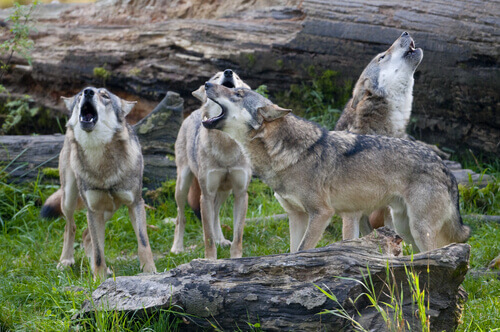
By being patient and starting with the simplest animals and those that are easiest to identify, you’ll encourage yourself to continue your journey through nature. Watching sparrows and robins will gradually help you to be able to recognize complex tracks and species.
And, remember, you must always carry out this activity respectfully. Don’t leave trash, and call a rescue center if you see an injured animal – you must never touch it. Remember that many birds and mammals leave their young alone for much of the day.
